js正则查找字符串
发布于 2023-10-19 14:19:29 浏览 286 次

问题解析:
【】
1、 在 JavaScript 中,可以使用正则表达式来查找字符串中符合特定模式的子串。可以使用 search() 方法、match() 方法或 exec() 方法来实现这个目的。 2、 1、使用 search() 方法:该方法返回匹配到的第一个子串的索引,如果没有找到匹配的子串则返回 -1。示例如下:var str = 'Hello, world!';
var pattern = /world/;
var result = str.search(pattern);
console.log(result); // 输出: 7
3、
2、使用 match() 方法:该方法返回一个数组,包含所有匹配到的子串。如果没有找到匹配的子串,则返回 null。示例如下:var str = 'Hello, world!';
var pattern = /o/g; // 使用 g 标志进行全局匹配
var result = str.match(pattern);
console.log(result); // 输出: ['o', 'o']
4、
3、使用 exec() 方法:该方法返回一个数组,包含下一个匹配子串的详细信息。如果没有找到匹配的子串,则返回 null。示例如下:var str = 'Hello, world!';
var pattern = /o/g; // 使用 g 标志进行全局匹配
var result;
while ((result = pattern.exec(str)) !== null) {
console.log(result[0]); // 输出: 'o', 'o'
console.log(result.index); // 输出: 4, 8
}
5、
上述示例代码展示了三种常见的方式来查找字符串中的匹配子串。具体选择哪种方式取决于需求。search() 方法适合判断是否存在特定子串,match() 方法适合获取所有匹配子串的数组,而 exec() 方法适合在循环中逐个获取匹配子串的详细信息。
相关推荐
-
-
php读取中文字符串长度
发布于2023-10-19 10:55:42 277个赞 -

-
-
-
js正则替换向后引用
发布于2023-10-10 14:44:49 262个赞 -

-
-
-
php查找某字符串包含某数组的任意一个值
发布于2023-10-08 22:35:40 278个赞 -

-
-
-
excel如何替换单元格中最后一个字符
发布于2023-09-22 00:07:20 416个赞 -

-
-
-
excel查找并提取出来
发布于2023-05-21 12:56:02 439个赞 -

-
-
-
wps怎么首行缩进2字符
-
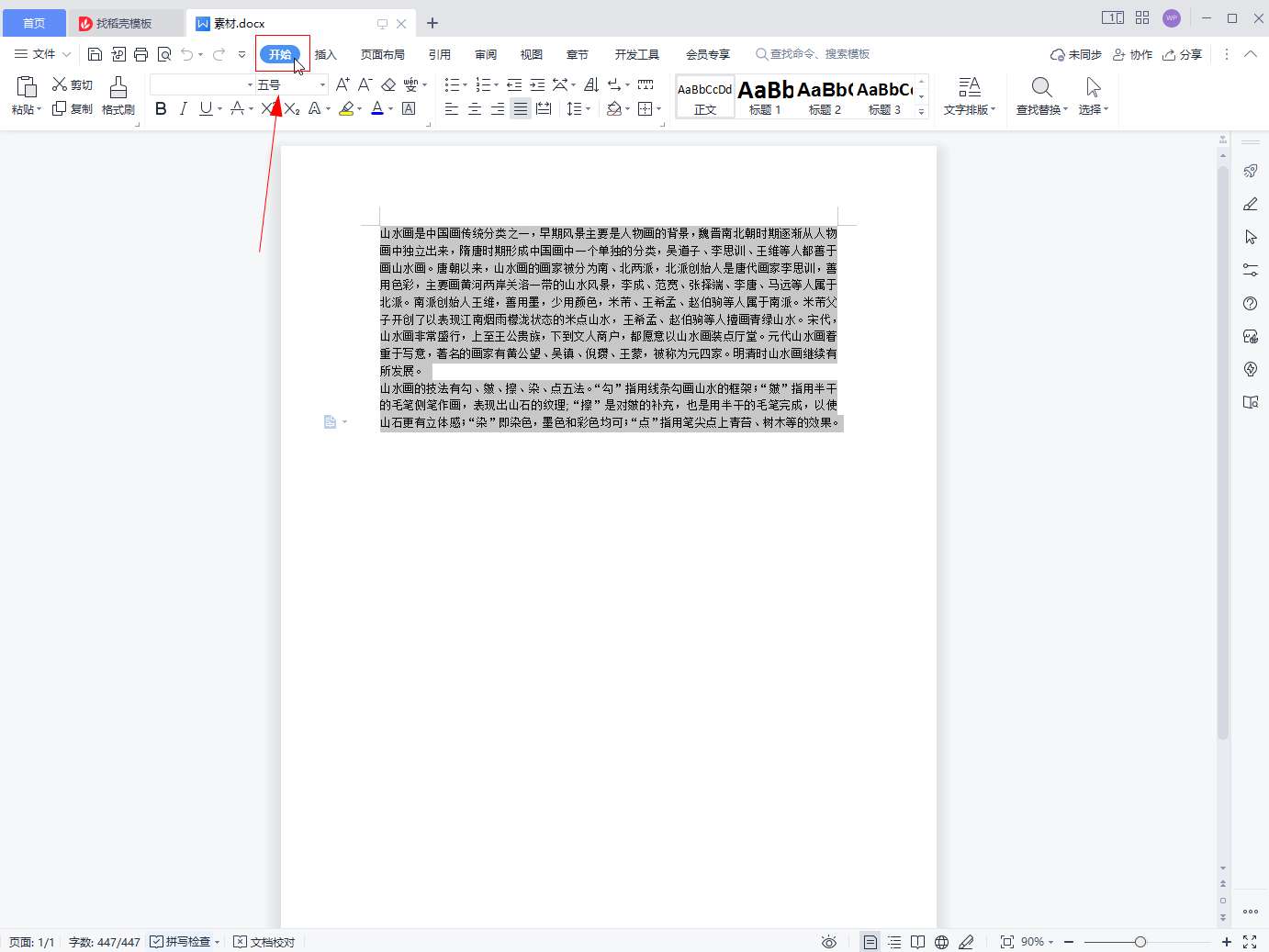
-
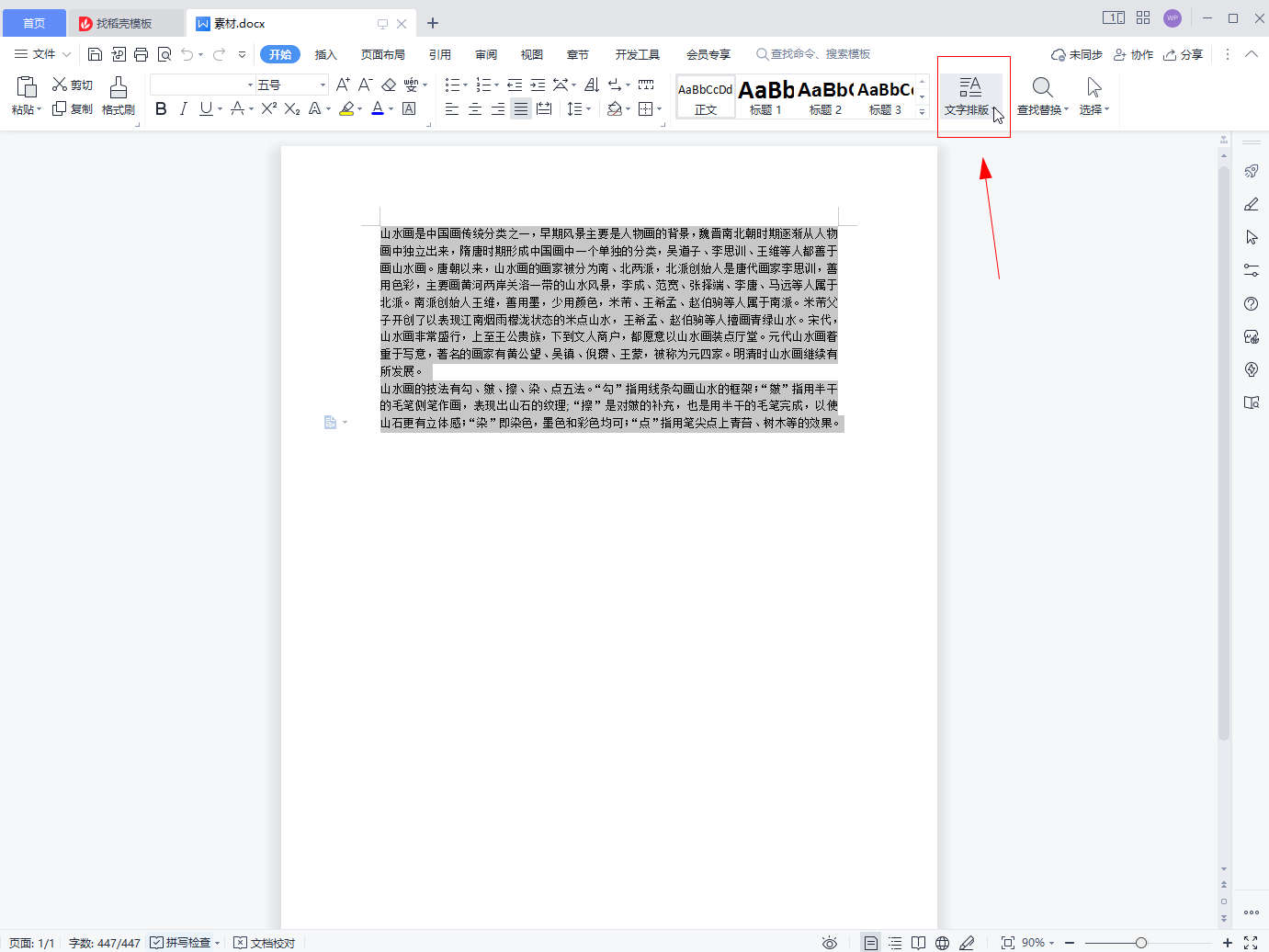
-
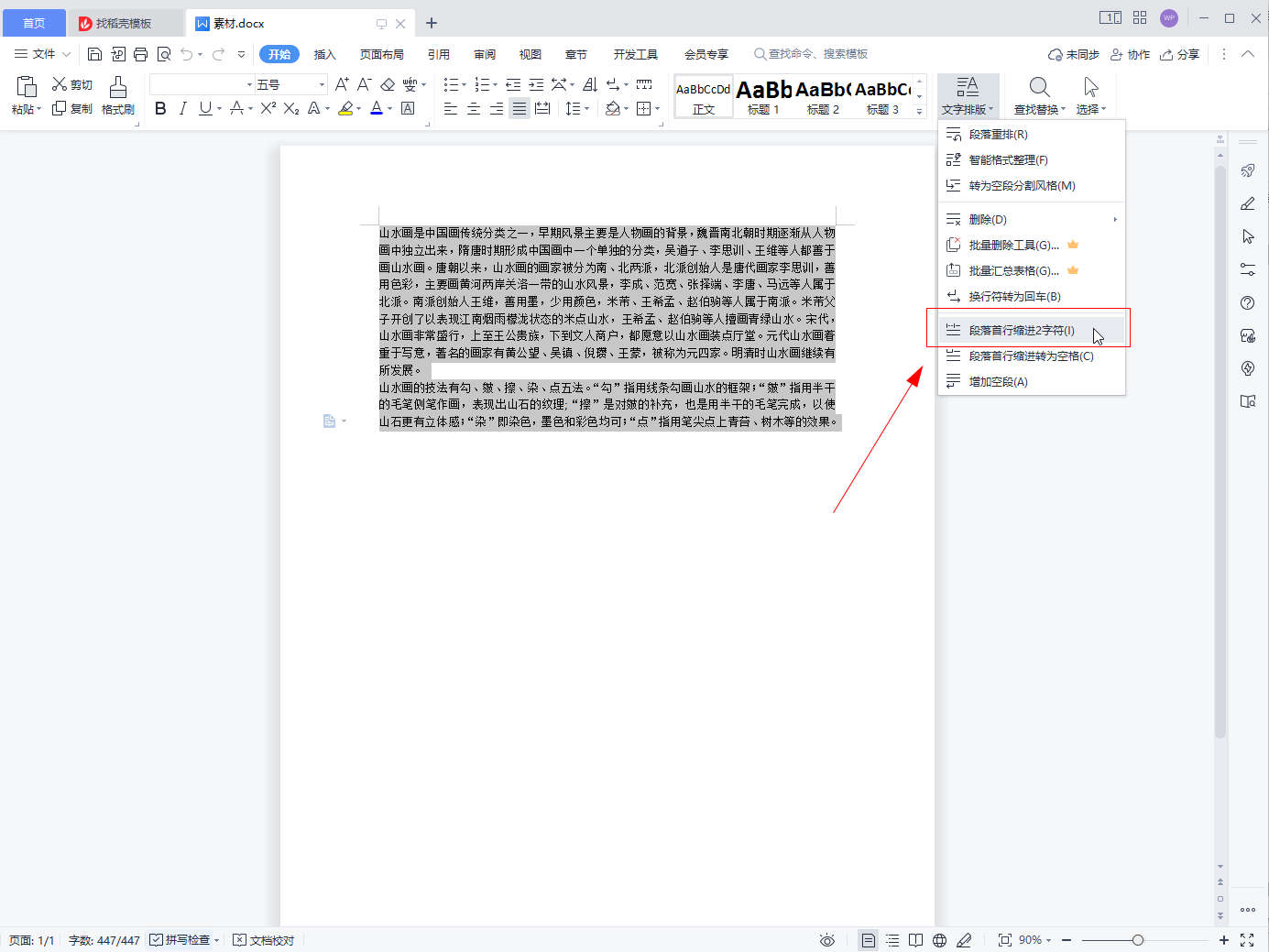
- 发布于2022-12-20 20:27:27 564个赞
-
-
-
excel单元格内链接固定字符
发布于2022-11-23 10:30:32 534个赞 -
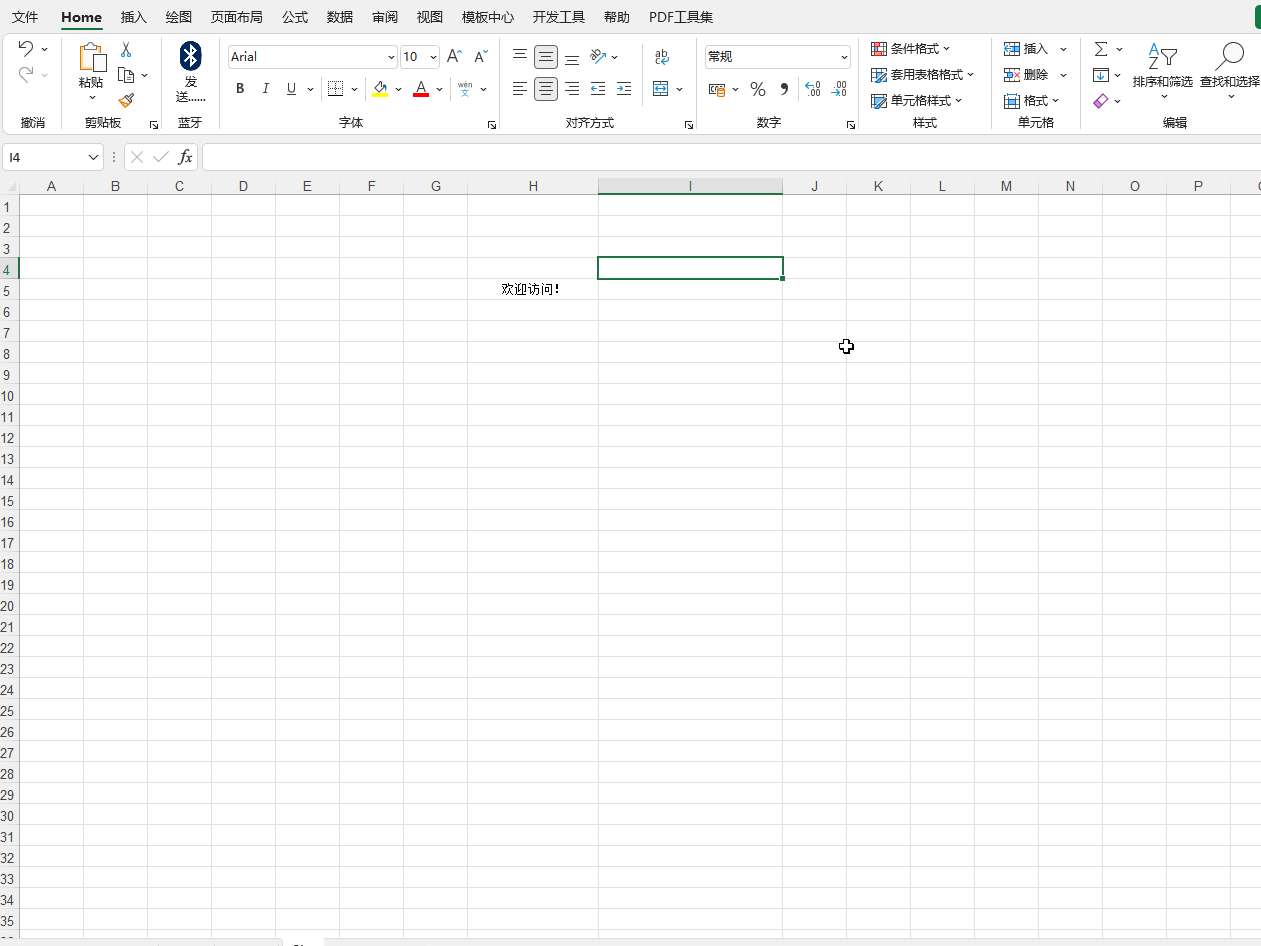
-
-
-
preg_split分割不了中文字符串
发布于2022-11-08 21:38:33 490个赞 -

-
-
-
excel如何截取单元格字符串长度
-
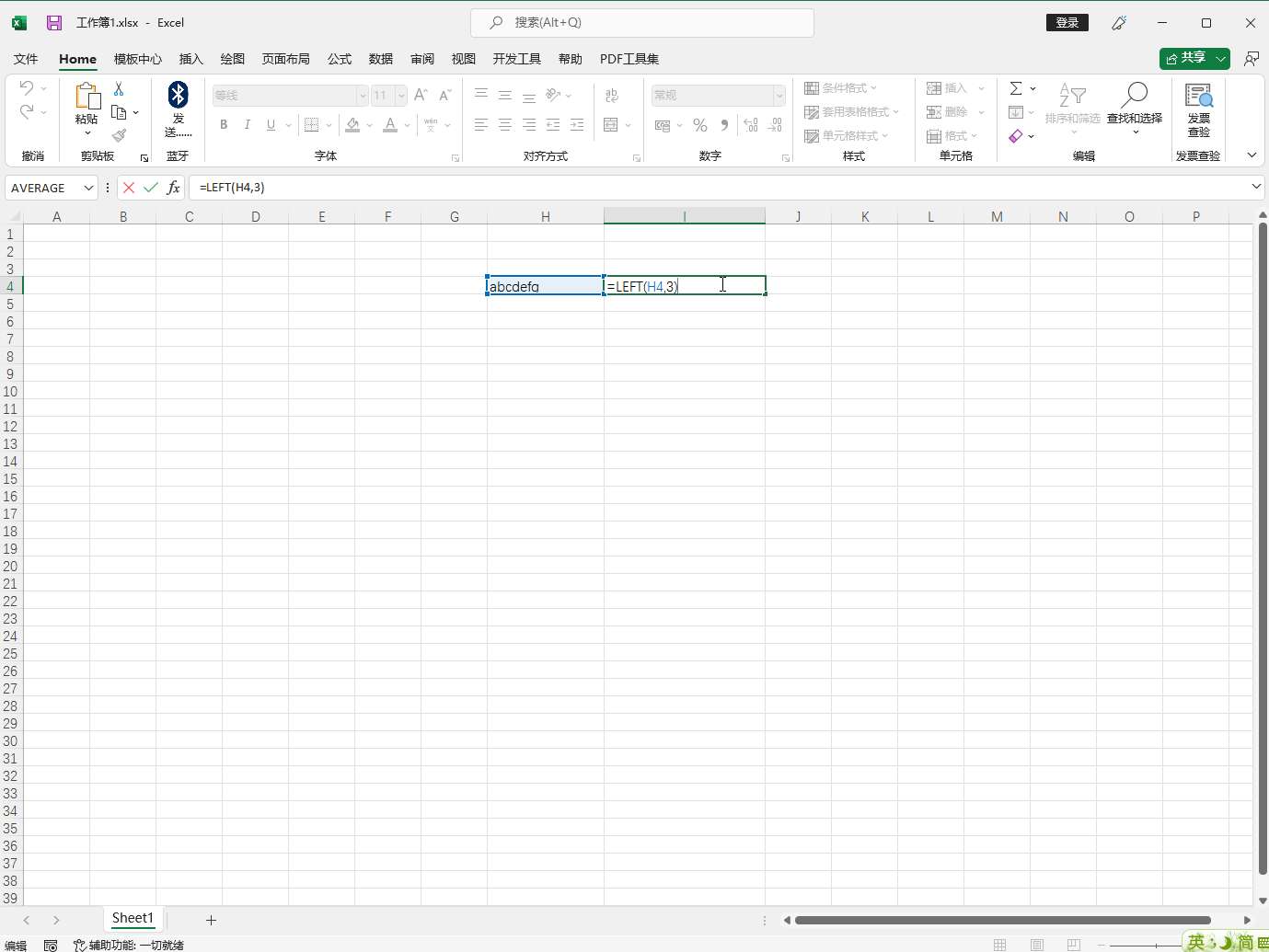
-
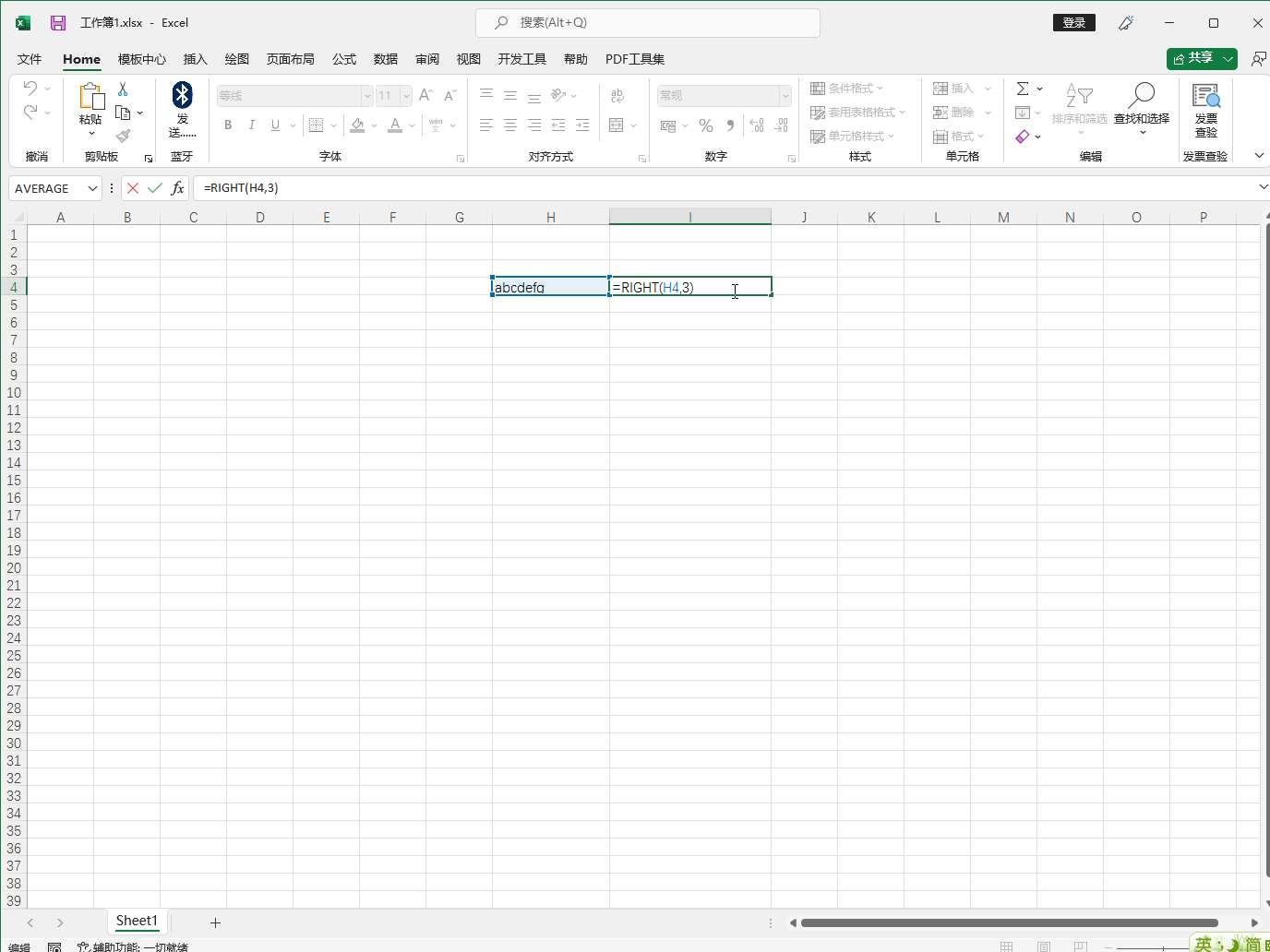
-
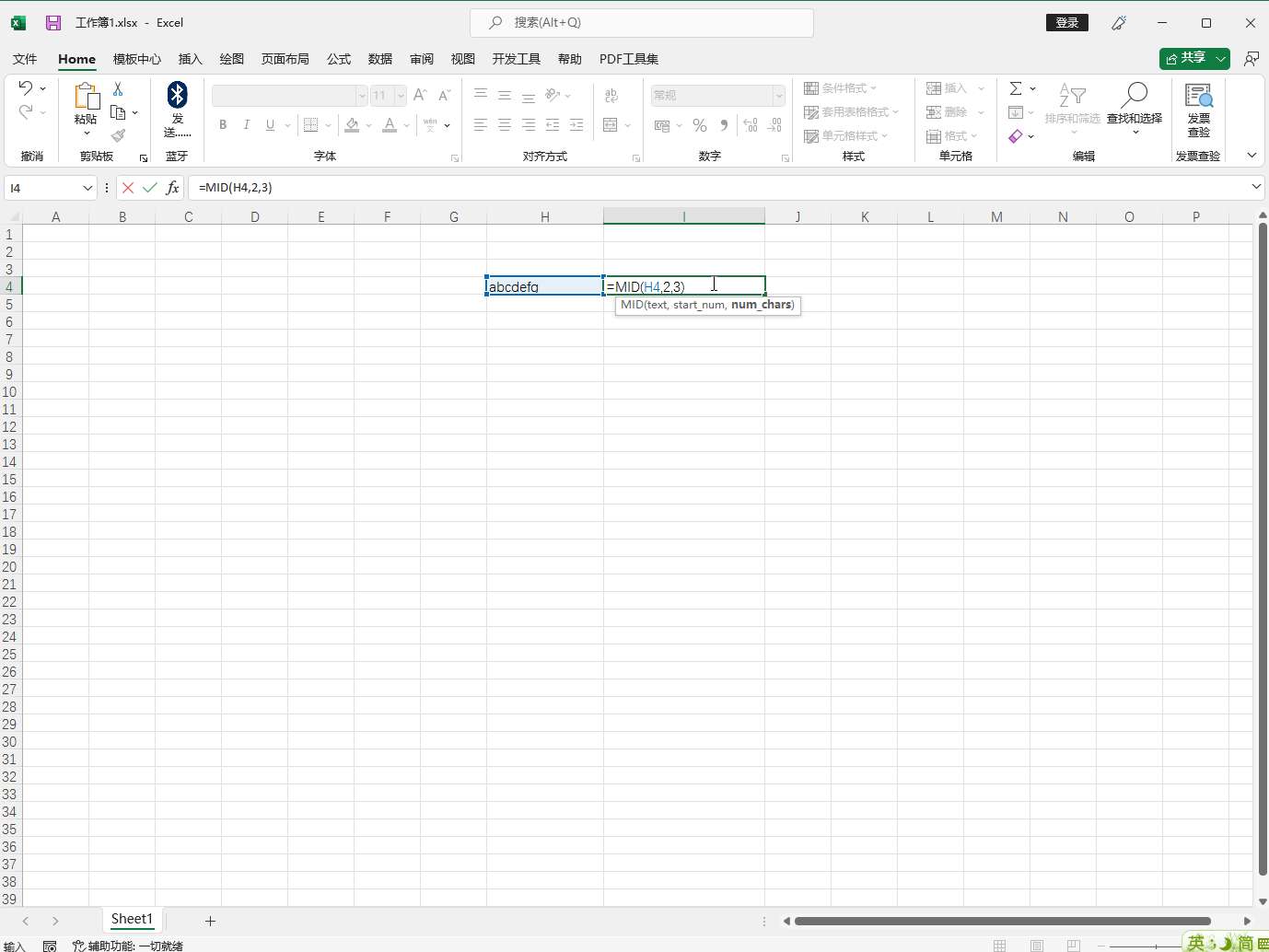
- 发布于2022-10-25 17:27:22 795个赞
-
-
-
mysql怎么将两个或多个字符字段链接在一起
发布于2022-10-15 11:41:30 472个赞 -
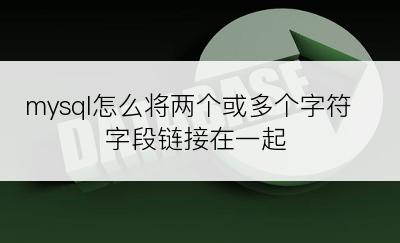
-
猜你可能喜欢
-
-
怎么去除图片上的水印
-
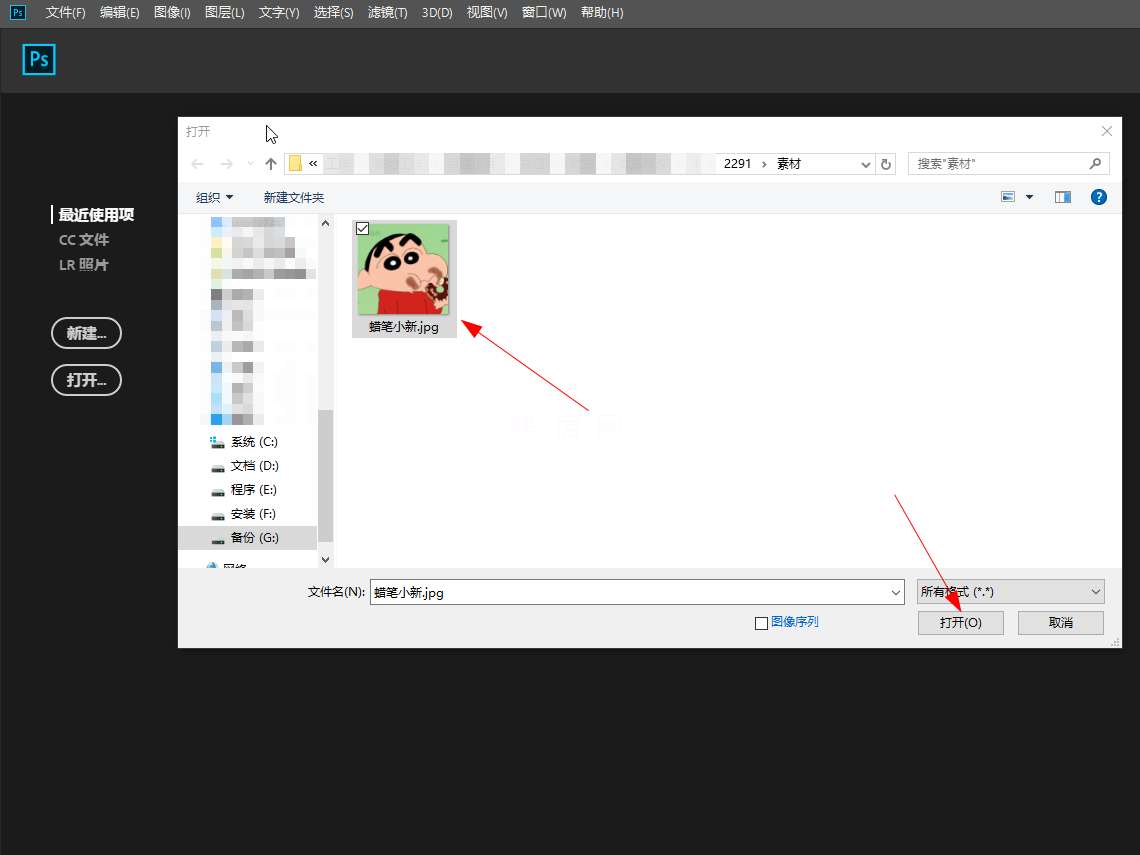
-

-

- 发布于2024-06-07 13:33:14 1400个赞
-
-
-
图片上的水印怎么去掉
-
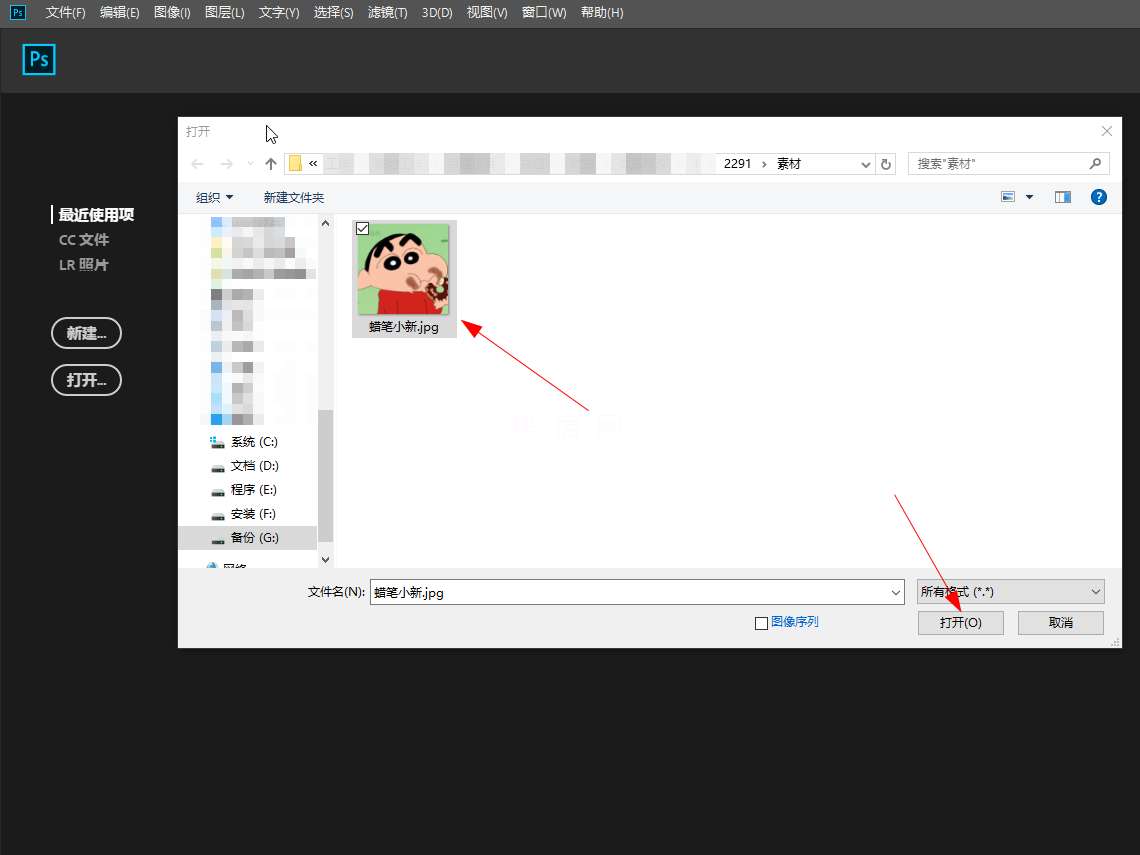
-

-

- 发布于2024-06-07 13:31:57 1693个赞
-
-
-
怎样去除图片水印
-
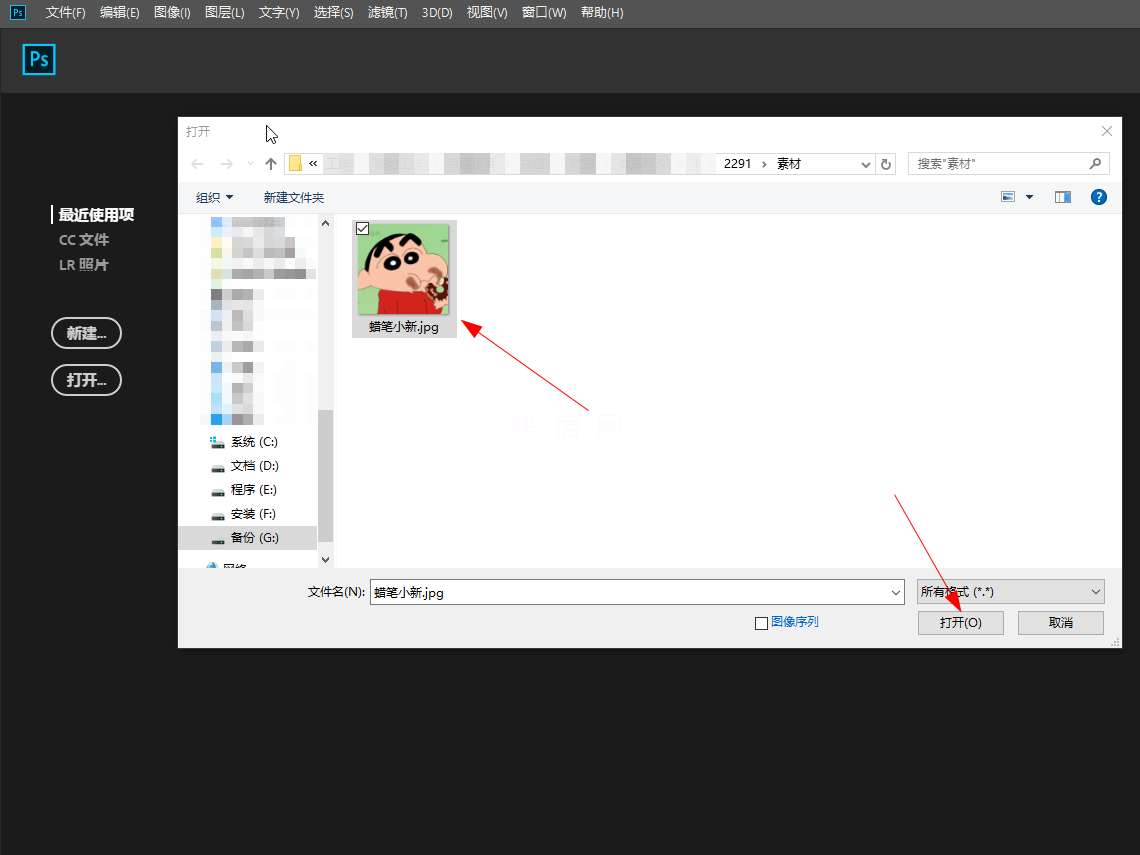
-

-

- 发布于2024-06-07 13:30:29 1452个赞
-
-
-
怎么去图片水印
-
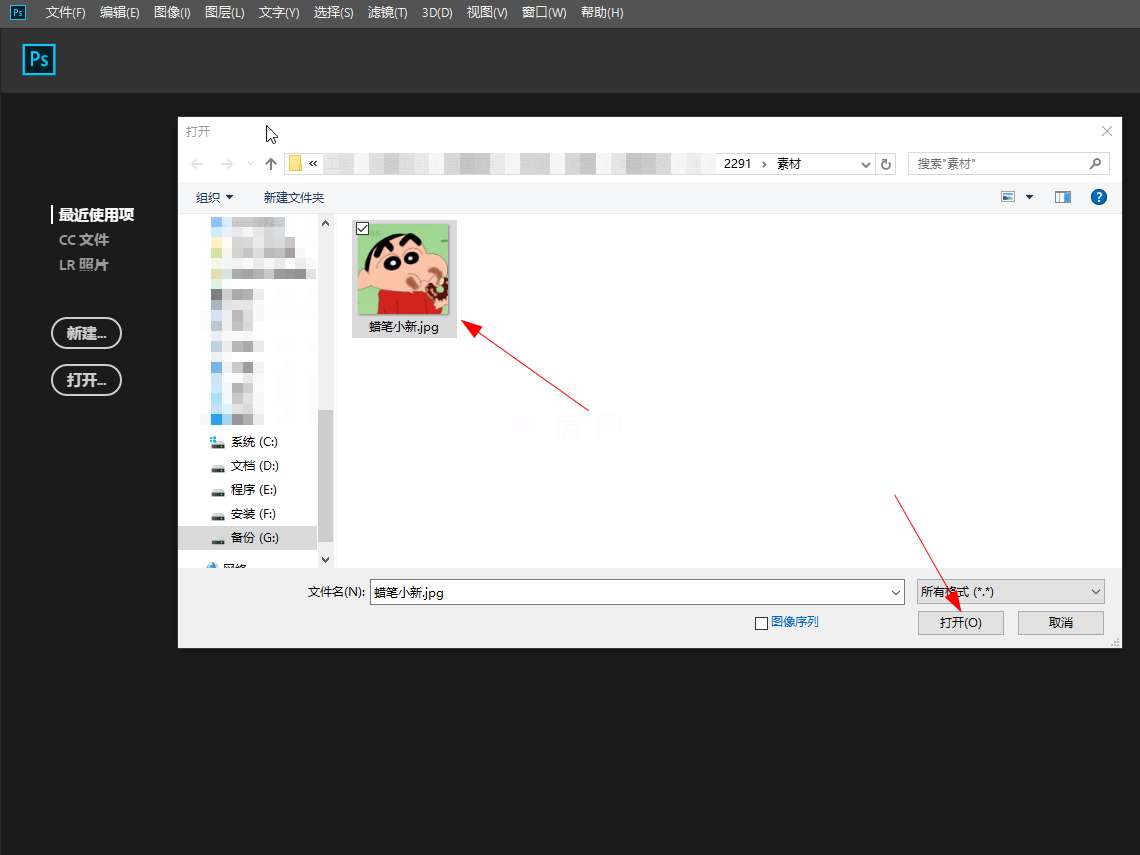
-

-

- 发布于2024-06-07 13:28:40 1735个赞
-
-
-
怎么用ps裁剪圆形图片
-

-
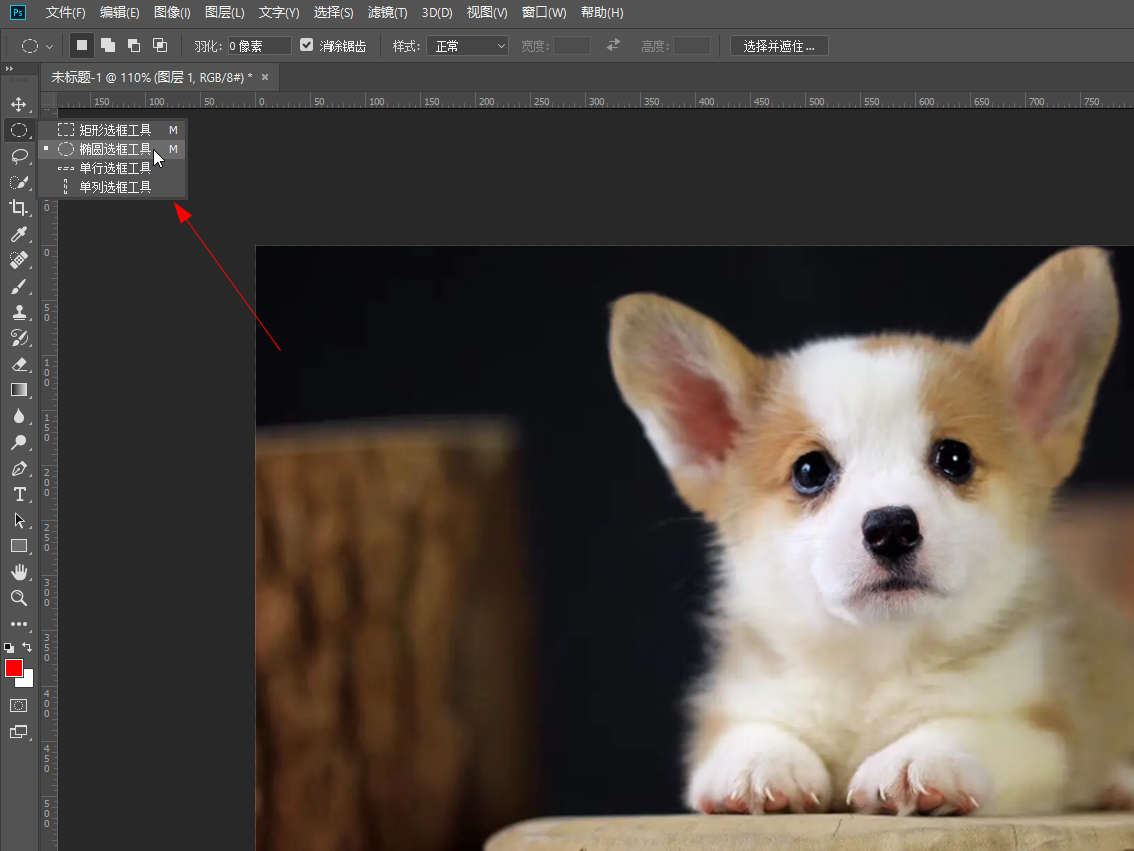
-

- 发布于2024-06-07 13:27:01 1901个赞
-
-
-
ps怎么裁剪图片
-

-

-

- 发布于2024-06-07 13:25:57 1835个赞
-
-
-
ps图片裁剪工具的作用
-

-

-

- 发布于2024-06-07 13:23:16 1926个赞
-
-
-
ps图片裁剪工具是什么
-

-

-

- 发布于2024-05-29 11:37:02 1531个赞
-
-
-
ps图片裁剪工具在哪设置
-

-

-

- 发布于2024-05-29 11:21:37 1410个赞
-
-
-
ps图片裁剪工具快捷键是什么
-

-

-

- 发布于2024-05-29 11:17:27 992个赞
-
